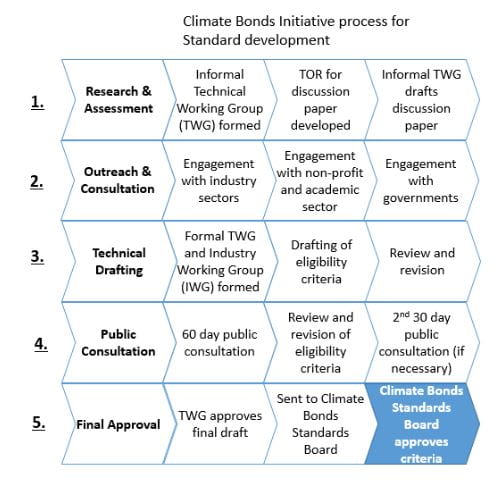Investors Looking to Do Good Would Do Well to Consider Green Bonds
Green bonds are simply a debt instrument wherein capital is raised to invest in an environmentally beneficial project. They are increasing in popularity; the Wall Street Journal is even starting to pay attention. According to their report, $81 billion in green bonds were issued in 2016, and that number is expected to nearly double to $150 billion this year. This is rapid growth from the $3 billion issued in 2012.
If there are options to invest in projects that earn a decent return and have socially desirable impacts, that is a win-win.
Part of the reason for the explosion in green bond issuance is the recognition of climate change and the need to invest in projects that either mitigate its impacts, or at least make efforts not to exacerbate the problem. State and local governments are starting to dedicate more resources to these efforts. Coming from the investor perspective, people are looking for ways to make a difference; if they can invest in projects that earn a decent return and have socially desirable impacts, that is a win-win. Green bonds are one iteration of environmental, social, and governance’s increasing importance in responsible investing.
Another reason is that there currently is not a universal set of standards for classifying a ‘green bond’. The designation is voluntary, and each issuer is able to define ‘green’ as they see fit. There is generally the expectation that an issuer will spell out their criteria, usually in an official statement, and that they will document uses of funds going forward, to ensure compliance with their own standards. However, the voluntary nature of the classification means that it is not legally binding.
Getting on the Same Page
The market is trying to establish standards. One of the leaders is the Climate Bonds Initiative. CBI currently marshals experts to create criteria, by which an issuer can have their bonds certified by CBI. Currently, CBI has criteria established for the following sectors:
- Water
- Solar
- Wind
- Low Carbon Buildings
- Low Carbon Transport
- Geothermal
Sectors currently in the works include bioenergy, land use, hydropower, and waste management, among others. CBI’s latest standards can be found here. The standards are established through a rigorous five-step process, outlined below.
Issuers, investors, and interested citizens can further review the process by which CBI issues certification, which includes both pre-issuance and post-issuance standards here.
For an example of a domestic jurisdiction that has established its own defined criteria, looking at MuniNet’s recent coverage of Massachusetts’ General Obligation Green Bond issue is a good start. Massachusetts shared in this issuance’s Official Statement details on how they define Green Bond designations for various projects, project evaluation and selection process, proceeds management, and post-issuance reporting. Details on all these matters can be found in the official statement referenced in that article. However, it is illustrative to look at Massachusetts’ own description of two types of projects, and how they define them as ‘green’:
- Clean Water and Drinking Projects
- Methodology: Projects that are designated to reinforce the Commonwealth’s water sustainability efforts, improve the quality of the Commonwealth’s drinking water or reduce pollution in the Commonwealth’s water supply in accordance with state and/or federal standards. Projects under this category may also focus on stormwater management in helping to encourage recharge and the prevention of stormwater discharges from causing or contributing to the to the surface waters and groundwaters of the Commonwealth. Stormwater projects may promote stormwater recharge, the treatment of more runoff from polluting land uses, low impact development techniques, pollution prevention, the removal of illicit discharges of stormwater management systems, or improved operation and maintenance of stormwater best management practices.
- Energy Efficiency and Conservation Projects in State Buildings
- Methodology: Projects which are designed to reduce energy costs in existing public buildings or create new energy-saving “green” buildings. This category may include projects within the Accelerated Energy Program, an ongoing initiative to “green” state buildings. This program includes projects designated to reduce greenhouse gas emissions, energy use and water use across Commonwealth facilities, including state office buildings, higher education campuses, public safety facilities, and other public buildings.
The ‘greening’ of infrastructure and the conversion to a heavier reliance upon renewable energy are not just good for the environment, but have become more viable and economical. As market and social forces continue to converge in promoting these projects and technologies, investors can look at green bonds when searching for a potential ‘win-win’ scenario.
by Jeffrey L Garceau

